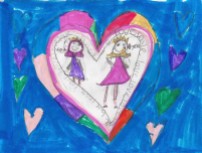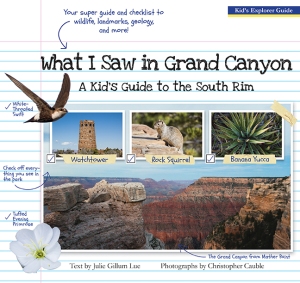
Wherever you are, I hope this finds you well, and that you have a chance to spend time outdoors safely.
I have a bit of good news on my end. My latest book, What I Saw in Rocky: a Kid’s Guide to the National Park, has made the short list for the Reading the West Book Awards in the Young Readers category.
These awards are sponsored by the Mountains and Plains Independent Bookseller Association, which represents member bookstores in 12 western and mid-western states. The next step in the awards process is a public vote. To participate in the vote, or pick up ideas on what to read next, please visit the awards website. This is also a good time to remember you may purchase books online from many independent bookstores, which could really use the business right now.
Many national parks, including Rocky Mountain, are currently closed due to the covid-19 pandemic. But if you are a planner and find yourself with time on your hands (I know–something health care workers, first responders, and other essential workers can only dream of) you may find some consolation in researching a future visit to one of the parks. I like checking out Rocky’s webcams (one summer, I lived a few hundred yards away from the Beaver Meadows location). It makes me feel a little better knowing that although the gates are closed, the park is still there, the animals are fine, and eventually, when our world returns to some approximation of normal, we can visit again.
 It’s out! My latest children’s book, What I Saw in Rocky Mountain: A Kid’s Guide to the National Park, was just released by Riverbend Publishing. The book is available directly from
It’s out! My latest children’s book, What I Saw in Rocky Mountain: A Kid’s Guide to the National Park, was just released by Riverbend Publishing. The book is available directly from  Rocky Mountain National Park is an amazing place; it’s hard to beat the park’s special combination of wildlife, scenery, trails, and tundra. And as long as you pay attention to safety (including weather!), it’s a great place to take kids of all ages and abilities. But it pays to plan ahead when visiting busy national parks like “Rocky.” You can find trip-planning information at the park’s website:
Rocky Mountain National Park is an amazing place; it’s hard to beat the park’s special combination of wildlife, scenery, trails, and tundra. And as long as you pay attention to safety (including weather!), it’s a great place to take kids of all ages and abilities. But it pays to plan ahead when visiting busy national parks like “Rocky.” You can find trip-planning information at the park’s website: 





















 In 1978, there were only 12 known nesting pairs of bald eagles in Montana. By 2014, that number had increased to more than 700 pairs. This amazing recovery, thanks to the ban on DDT and actions taken under the Endangered Species Act, is the subject of “
In 1978, there were only 12 known nesting pairs of bald eagles in Montana. By 2014, that number had increased to more than 700 pairs. This amazing recovery, thanks to the ban on DDT and actions taken under the Endangered Species Act, is the subject of “
